Dehydrated legume flours: nutritional characterization and evaluation of their techno-functional properties
Dra. Yolanda Aguilera Gutiérrez
January, 2010
cial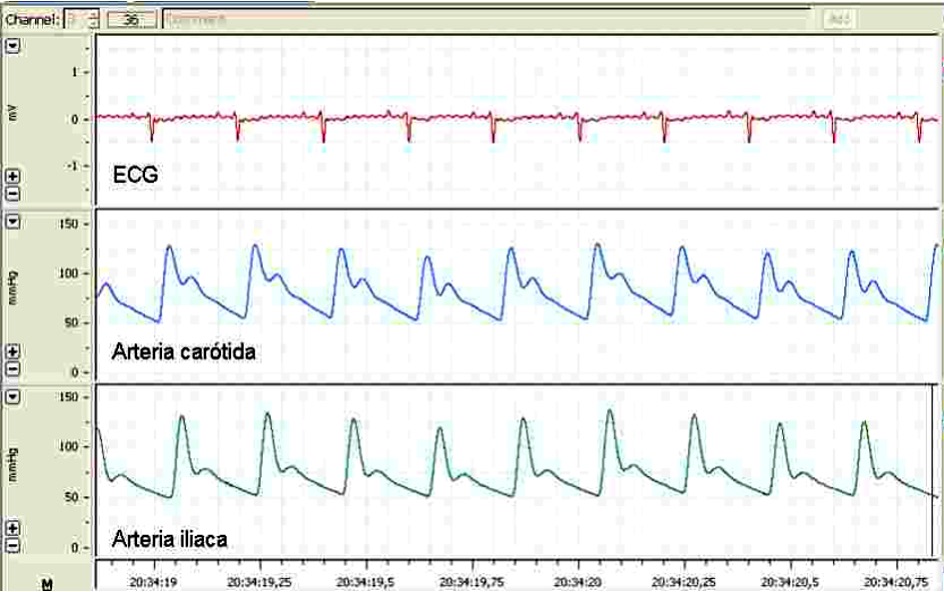
Hemodynamic
In animal models, blood pressure can be recorded under anesthesia and analgesia in the iliac artery and aorta to measure systolic and diastolic blood pressure and heart rate. These parameters allow calculating pulse wave velocity to estimate arterial elasticity.
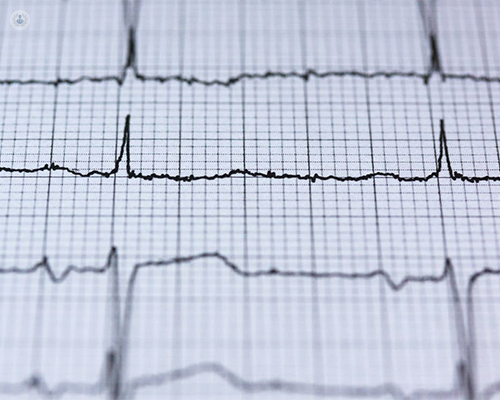
Electrocardiography
In animal models under anesthesia, the ECG and intraventricular pressure can also recorded.

Echocardiography
Transthoracic echocardiography can be performed under anesthesia, using an echocardiographic system (Acuson Sequoia C512) equipped with a 13-MHz transducer. This allows measuring left ventricular mass end-diastolic internal diameter, posterior wall thickness at diastole, and septal wall thickness at diastole.
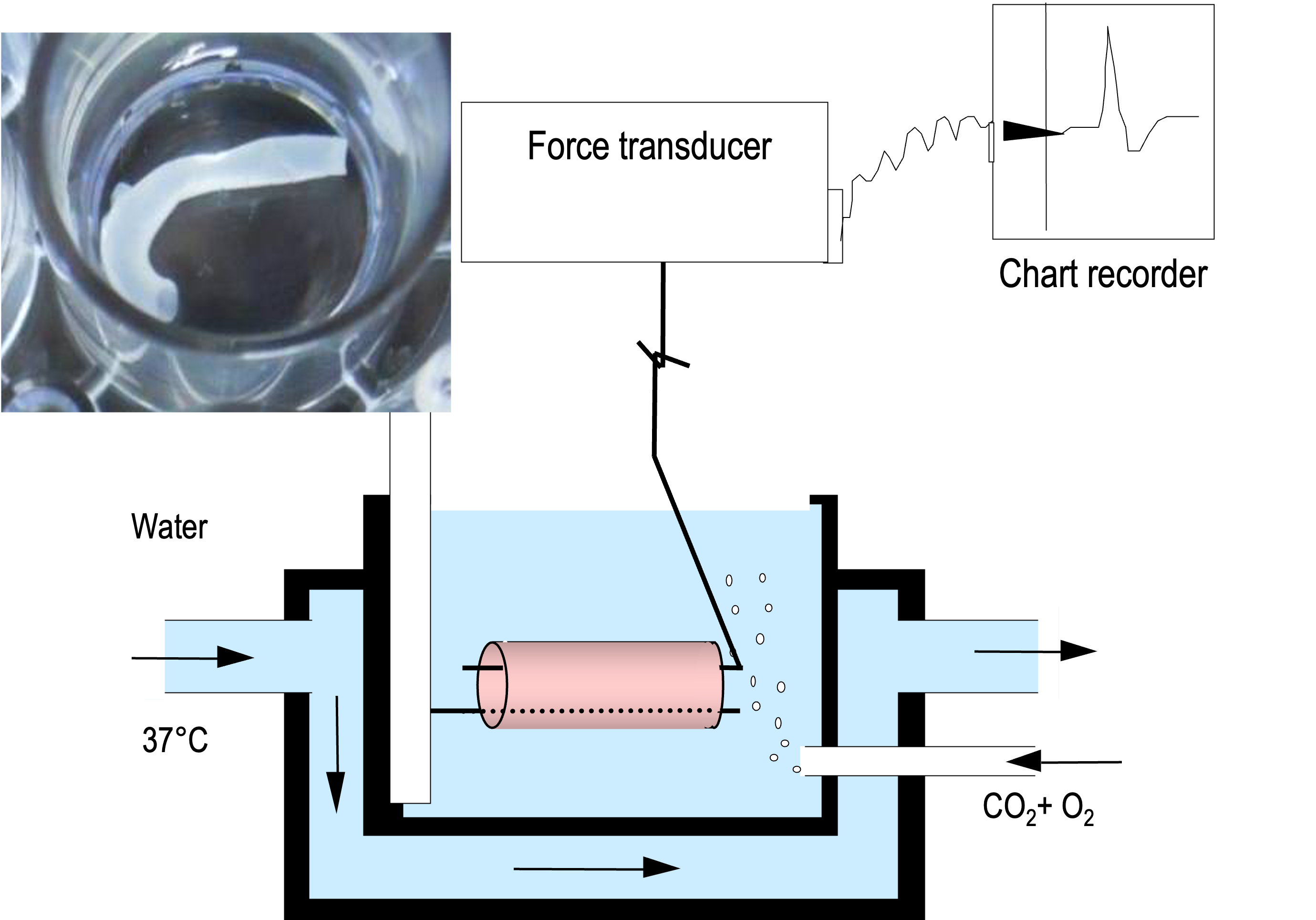
Vascular isometric tension
In an organ bath under physiological conditions a large vessel can be mounted to record isometric tension in the presence of vasoactive drugs. The influence of perivascular fat, adventitia and endothelium can be assessed by using intact or denuded vessels.
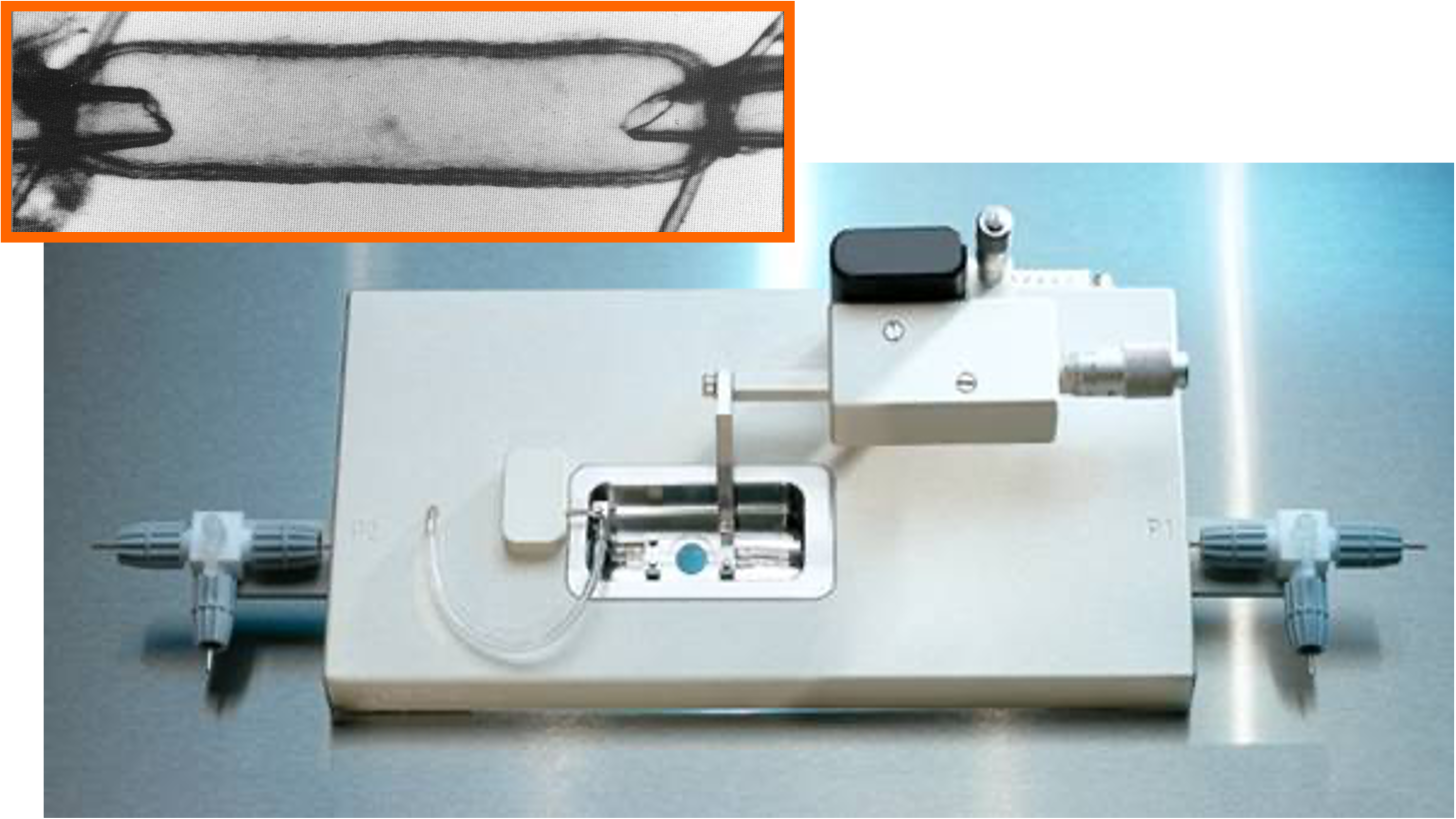
Pressure myography
Small vessels set between two glass cannulae under physiological conditions, and visualized with a video-dimension analyzer. It is possible to measure internal and external diameter and the change in the presence of vasoactivo drugs.

Wire myography
Vessels of small diameter are mounted between wires under physiological conditions. They are exposed to vasoactivo drugs to study vascular contraction and relaxation.
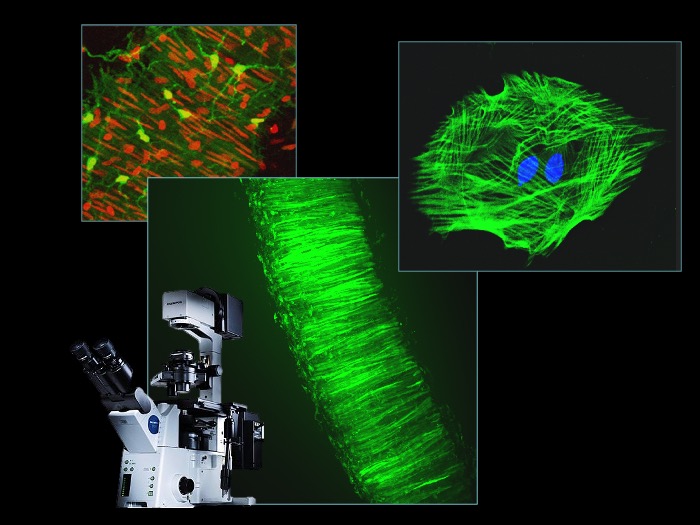
Laser Scanning Confocal Microscopy (LSCM)
We have combined LSCM with pressure myography and image analysis, which we named “confocal myography”, to gain insight in the study of vascular structure in 3D.
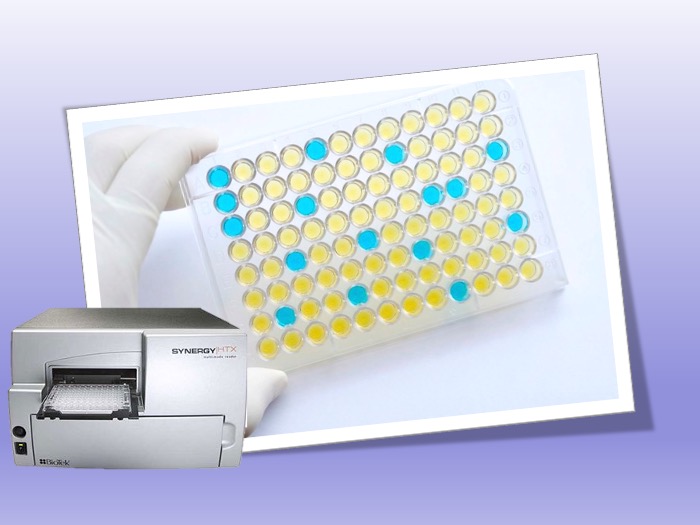
Spectroscopic and Fluorimetric
These techniques can be used to assess parameters related to reactive oxygen species production, destruction total antioxidant capacity or oxidative damage.
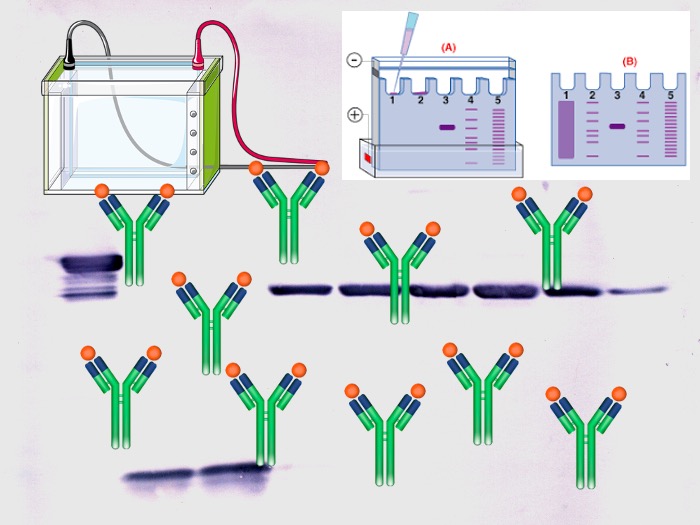
Molecular biology: WBs & ELISAs
Highly sensitive techniques that allow the detection of specific proteins in biological samples. They report the quantification of these molecules.

Genomic
Molecular genetic techniques, such as qRT-PCR, that allow to see the up/under-expression of genes in biological samples conditioned to treatments.

High Performance Liquid Chromatography (HPLC)
Liquid chromatography (HPLC) is a technique used to separate the components of a mixture. It consists of a non-polar stationary phase (column) and a mobile phase.
Food compounds physiology digestion
Dra. Parichat Prachaney
4 months in Specialty program
Currently: Professor of Physiology, Khon Kaen University (Thailand)
Dra. Perla Y. Gutierrez Arzapalo
4 years in PhD program
Currently: Assosiate Professor in the Research Center in Health Sciences, Universidad Autónoma de Sinaloa (Sinaloa, Mexico)
Dra. Sophida Puthong
1 year in Specialty program
Currently: Associate Professor of Physiology, Khon Kaen University (Thailand)
Romain Sauvestre
8 months in MSc program
Currently: Researcher, University of Poitiers (France)
Dra. Cynthia G. Reyes Hernández
4 years in PhD program
Currently: Dermatologist in IMSS Hospital General de Monterrey (Mexico)
Dr. Anuson Poasakate
6 months in PhD program
Currently: Researcher, Khon Kaen University (Thailand)
Dra. Andrea Gila Díaz
4 years in PhD program
Currently: Junior Medical Advisor (Spain)
Metee Lampanichakul
6 months in PhD program
Currently: PhD candidate, Khon Kaen University (Thailand)
Dra. Yolanda Aguilera Gutiérrez
January, 2010
cialDra. Pilar Rodríguez Rodríguez
April, 2016
medicineDra. Perla Y. Gutiérrez Arzapalo
July, 2016
medicineDr. David Ramiro Cortijo
April, 2018
medicineDra. Cynthia G. Reyes Hernández
December, 2018
medicineDr. Miguel Rebollo Hernánz
June, 2021
cial